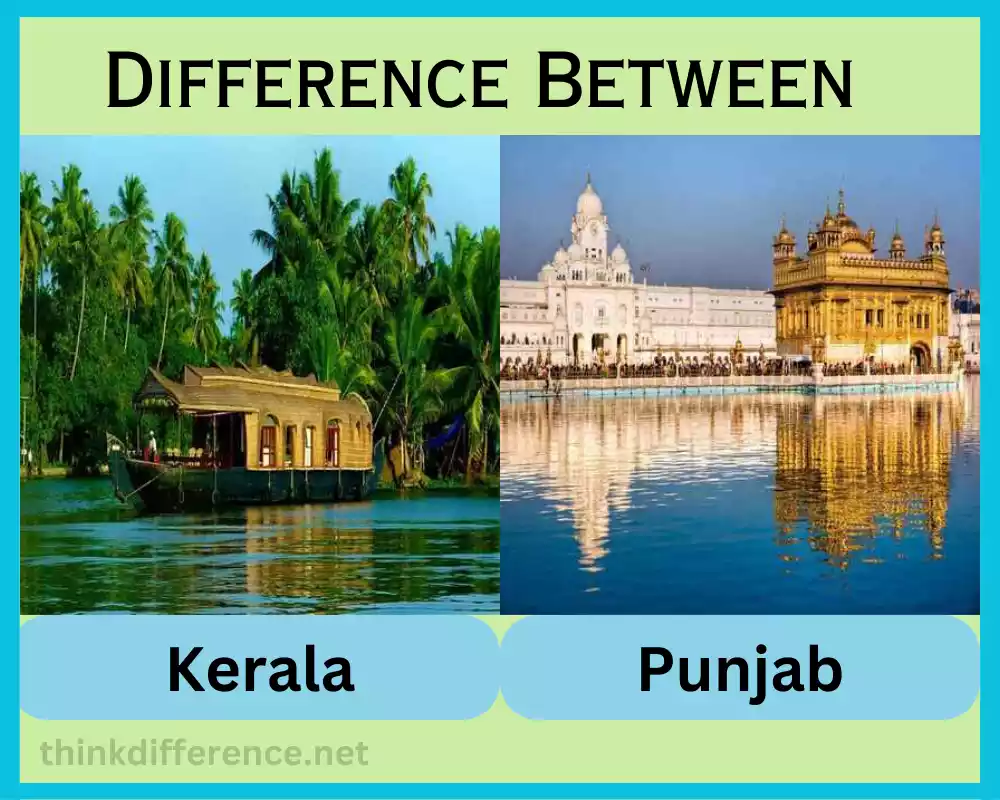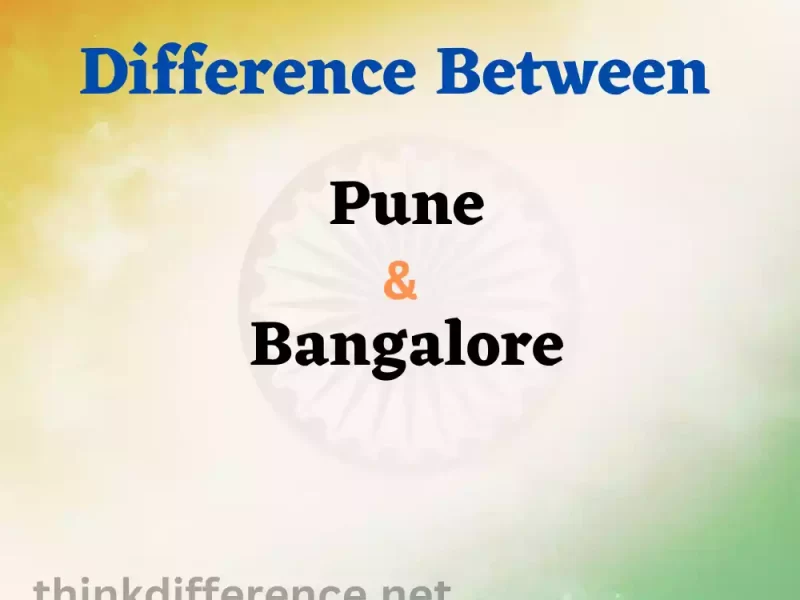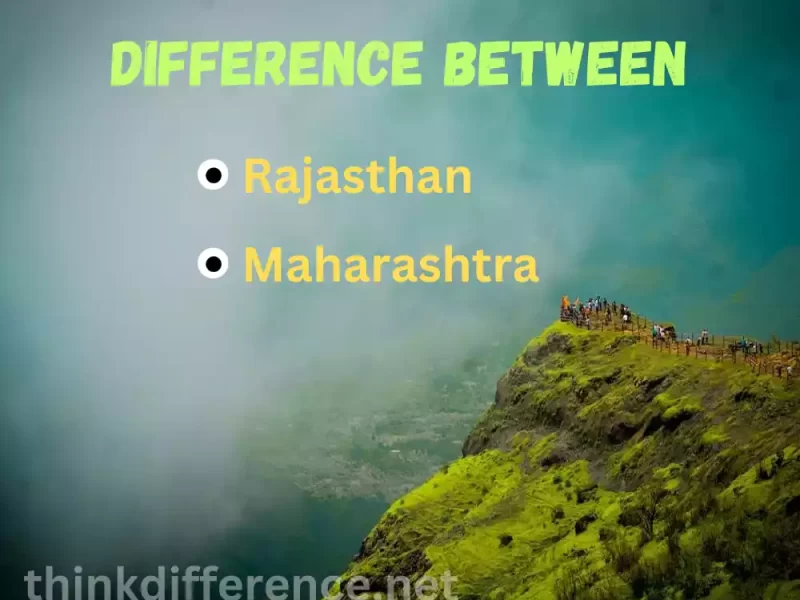Kerala and Punjab are two states in India that offer a captivating blend of diverse cultures, rich history, and breathtaking landscapes. Situated in different corners of the country, these states showcase distinct characteristics that make them unique and appealing to visitors. While Kerala is known for its tranquil backwaters and lush greenery,
Punjab is famous for its vibrant traditions and agricultural prosperity. This article explores Kerala and Punjab – two gorgeous states known for their natural beauty, cultural traditions, and culinary specialties.
Definition of Kerala and Punjab
Kerala:
Kerala, located on India’s southwest coast, is famous for its unique geography that features long coastlines along Arabian Sea as well as extensive backwater systems and rivers. Popularly dubbed as “God’s Own Country”, due to its lush landscapes and diverse ecosystems.
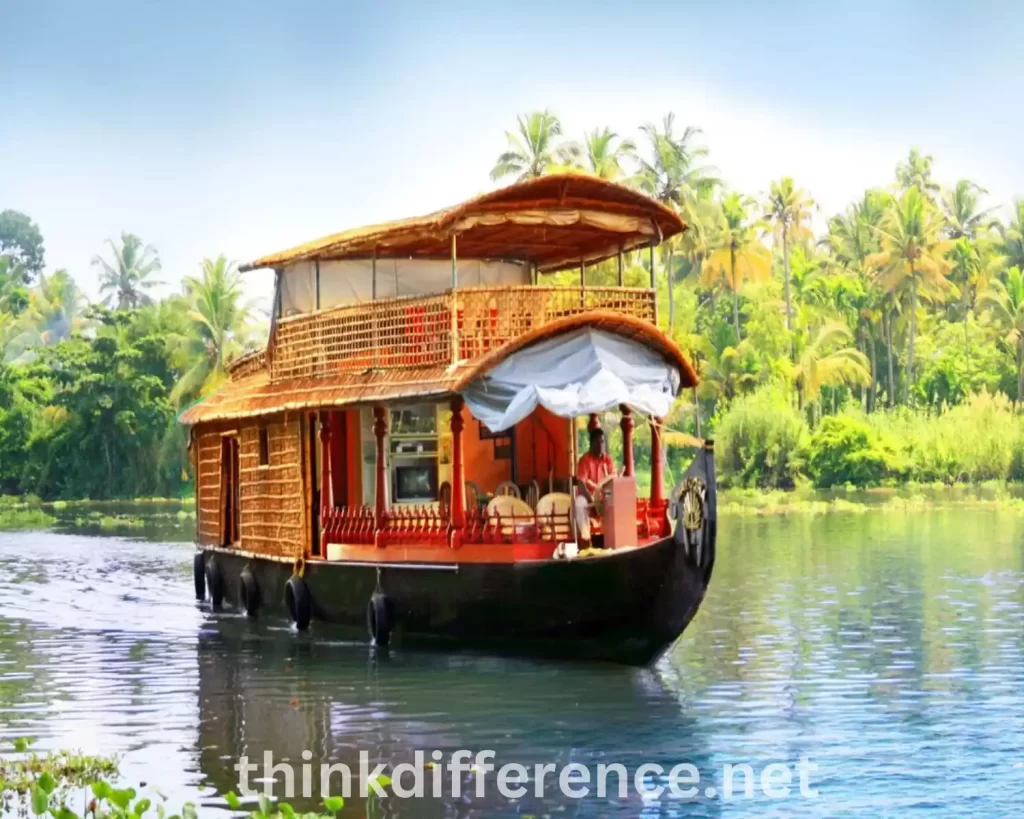
Kerala also combines Hinduism, Islam, Christianity, as well as other minorities into one cultural background with traditions including Ayurveda traditions, wellness tourism, and art forms like Kathakali and Mohiniyattam as its hallmark. Additionally, it has made great advances in education healthcare delivery systems while improving levels of literacy as human development indicators in one state alone!
Punjab:
Punjab, located in India’s northwestern corner, shares borders with Jammu & Kashmir, Himachal Pradesh, and Rajasthan states and is best known as an agricultural hub known for its fertile land and high rate of agricultural productivity – hence earning its nickname as India’s “Granary.”
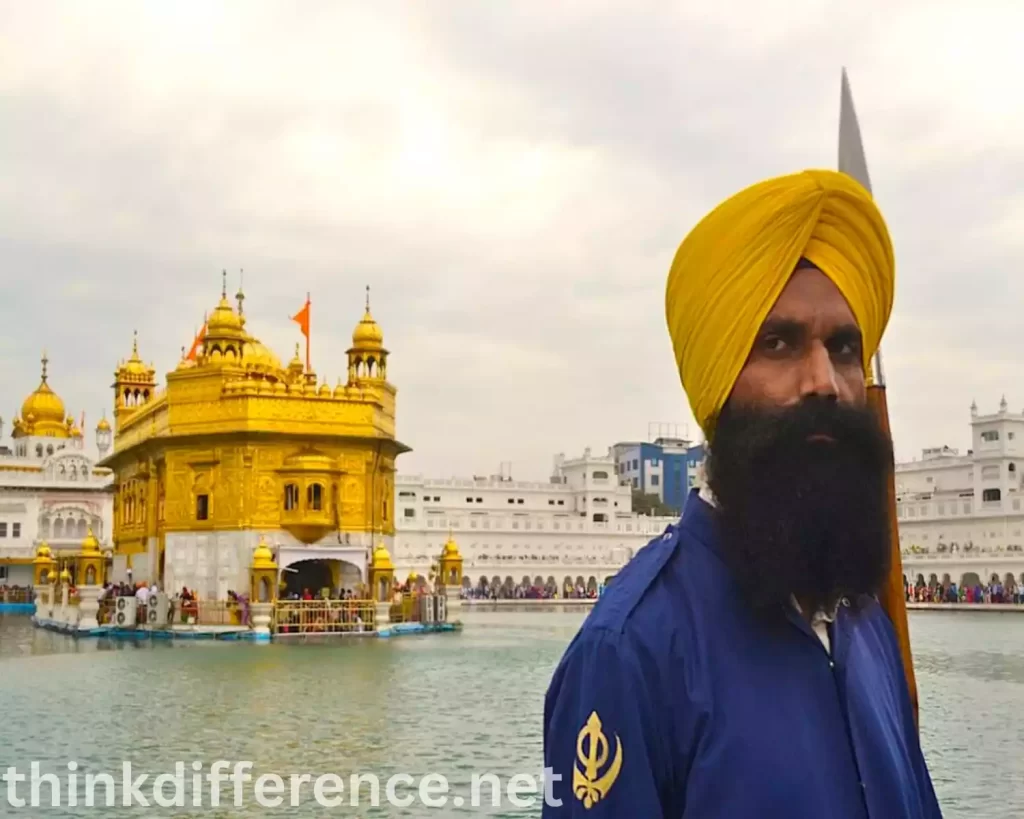
Punjab is famed for its vibrant Punjabi Culture, including Bhangra and Giddha dance forms as well as live music and colorful festivals. Dominated by Sikhs and their traditions are highly valued. Punjab’s cuisine is famously hearty. Popular dishes include Makki di Roti and Sarson da Saag dishes. Punjab also enjoys strong industries including textile manufacturing. It boasts several notable cities like Amritsar and Ludhiana which add even greater vibrancy to this dynamic state.
Importance of comparing and contrasting Kerala and Punjab
Reasons exist why it is crucial to draw comparisons and contrasts between Kerala and Punjab.
- Cultural Diversity: Kerala and Punjab represent two distinctive cultures within India. By exploring their traditions, languages, festivals, and customs we can gain greater appreciation of India’s diverse history and heritage.
- Socioeconomic Perspectives: Kerala and Punjab differ significantly when it comes to socioeconomic indicators and development patterns and can provide us with greater insights by comparing literacy rates, poverty levels, healthcare systems, and economic sectors in each state.
- Governance and Politics: Analyzing the political landscapes of Kerala and Punjab allows us to gain an insight into differences in governance, political ideologies, policies, and governance systems within different regions in India. It gives a great idea about its diversity.
- Tourism Potential: Kerala and Punjab both possess great potential as tourist destinations, each has unique attractions that attract visitors. Comparing their tourism industries, attractions, and approaches to tourism development can offer valuable lessons to other regions looking to bolster their industry.
- Learning from Best Practices: Kerala and Punjab are two examples of states which have made significant strides forward in certain fields, for instance with high literacy rates or agricultural productivity, respectively. Comparing their policies, initiatives and best practices with those from other areas and states could enable others to adopt and learn from successful strategies deployed there.
- Regional Differences: Comparing Kerala with Punjab can highlight regional disparities within India. Exploring differences in geography, climate, and economy across states will give a clearer insight into Indian society as a whole.
By comparing and contrasting Kerala with Punjab, we can gain a better appreciation of India’s diversity, gain insights into regional dynamics and examine both successes and challenges of each state’s achievements and failures – this allows for informed decision-making across varying domains.
Geography and Climate
Kerala and Punjab can be distinguished from one another based on geography and climate differences, so below is an evaluation of their climates and territories.
Kerala:
- Geography: Bound by both the Arabian Sea to its west and the Western Ghats mountain range to its east, this narrow strip of land stretches approximately 550km (340 miles). Kerala boasts various terrain including coastal plains running parallel with Arabian Sea shorelines as well as hilly regions and an intricate network of backwaters.
- Climate: Kerala boasts a tropical climate with temperatures that remain relatively constant all year. Two main monsoon seasons (the Southwest Monsoon season from June-September and Northeast Monsoon from October-November) bring heavy rain. Summer (March-May) temperatures tend to be humid while winter (December-February) tends to remain mild and pleasant.
Punjab:
- Geography: Punjab shares border with Pakistan and lie to the northwest of India, boasting landlocked status with varied geographic features that define it: fertile plains that comprise the Indo-Gangetic Plain encompassing five rivers such as Beas Chenab Jhelum Ravi and Sutlej characterize this landlocked state, as do its wide agricultural fields dominating it.
- Climate: Punjab experiences a semiarid climate with seasonal variations. Summer (April-June) temperatures typically exceed 40degC; Winter months from November until February can drop as low as 5degC; Most rainfall occurs between July and September which helps support agricultural activities in Punjab.
Kerala, known for its coastal plains and hilly regions, features tropical weather with year-round rainfall. Punjab, known for its agricultural fields and flat plains, features a semi-arid hot climate with cold winters and warm summers – two variables that provide insight into natural features, farming practices, environmental conditions, and ecological concerns in each state. Understanding their climates provides valuable knowledge about their respective natural features, farming practices, and environmental conditions.
Culture and Society
Kerala and Punjab both boast distinct cultures and societies defined by history, language use, religious influences, and traditions that distinguish one from the other. Here we present an examination of both states’ culture and society in comparison:
Kerala:
- Languages: Malayalam, Kerala’s official language, is spoken by most residents; English can also be found widely spoken and understood across urban areas.
Kerala is known for being an oasis of religious diversity. - Religion: Hinduism reigns supreme, followed by Christianity and a smaller Muslim presence – making Kerala known for peaceful coexistence between different faith groups.
- Festivals and Traditions: Kerala is well known for its festivals and traditions. These festivities include Onam, Vishu, and Thrissur Pooram as well as Sabarimala Temple festivals at Guruvayur and Sabarimala; along with cultural practices like Kathakali dancing, Mohiniyattam dance-drama (classical Indian dance drama), Theyyam music and Kalaripayattu fighting styles characterized by Kerala.
- Cuisine: Kerala cuisine is famed for its delectable flavor, featuring dishes prepared using rice, coconut, and seafood – including Appam, Puttu, and Avial (three very popular options).
Punjab:
- Languages: Punjabi is Punjab’s official and widely spoken dialect; Hindi and English may also be utilized and understood.
- Religion: Punjab is known for being home to Sikhism and home to most of its population is composed of Sikhs who adhere to its core principles such as spirituality, equality, and community service. Punjab also boasts large Hindu populations as well as smaller numbers of Muslims and Christians living there.
- Festivals and Traditions: Punjab is famous for its festivals and traditions. Vaisakhi marks 1699 and the founding of Khalsa. Punjab also observes Baisakhi (birth anniversary of Sikh Gurus), Lohri, and Gurpurabs as important days in their calendar, in addition to welcoming festive folk dances such as Bhangra and Giddha performances to celebrate these occasions.
- Cuisine: Punjabi cuisine is well known for its bold flavorful appeal. Popular dishes include butter chicken, makki di paratha, sarson-ka-saag, and lassi.
Kerala demonstrates its rich religious diversity through vibrant festivals, the importance of art and tradition as well as vibrant dance forms and hearty cuisine. Punjab, heavily influenced by Sikhism with vibrant dance forms, delicious hearty cuisine, and festive celebrations is deeply ingrained into their culture and festivities compared to Kerala and Punjab are two distinct states within India; we can better appreciate this difference through exploring their cultural and social aspects.
Economy and Development
Kerala and Punjab demonstrate distinct patterns and focus areas when it comes to economic and development growth, and here is an analysis comparing their economies and development levels:
Kerala:
- Economy: Kerala’s economy relies heavily on tourism, agriculture, remittances, and services for its success. Tourism, in particular, draws both domestic and foreign visitors to Kerala’s backwaters and beaches; tourism also brings domestic workers who remit remittances back home; the Keralite diaspora plays an essential part in Kerala’s economic wellbeing; rubber crops like rubber trees, as well as spices (cardamom, peppercorns coconut tea etc), play an integral part in farming; while service sectors including healthcare education, information technology, etc also help sustain economic development in Kerala’s economy-boosting its economy further.
- Development Indicators: Kerala has long been recognized for its impressive development indicators. Kerala stands out for its high literacy rate and emphasis on education and development; healthcare in Kerala has received widespread acclaim and contributed significantly towards positive health indicators; poverty levels remain relatively low compared to national norms, and social welfare programs exist for marginalized groups of society.
Punjab:
- Economy: Punjab’s economy is predominately agricultural with an emphasis on agriculture and related industries, contributing significantly to India’s food production and earning itself the moniker “Granary of India.” Punjab boasts fertile flatlands with extensive irrigation systems that support cultivating wheat, rice, and maize crops while textiles, chemicals, and machinery industries are well represented here as well.
- Development Indicators: Punjab boasts higher development indicators than its national peers in areas like literacy and healthcare services, agricultural productivity improvements have helped advance overall development; its agricultural and industrial sectors benefit from an infrastructure including roads and irrigation systems for support.
Challenges and Opportunities:
- Kerala faces many challenges related to population growth, environmental sustainability, and diversifying its economy beyond tourism. There may be opportunities in sectors like information technology, healthcare, and sustainable agriculture development.
- Punjab faces challenges associated with water management, agriculture diversification, and youth unemployment. To meet these obstacles and foster economic development in its state, Punjab could improve value addition in agriculture by supporting an agro-based industry and tapping its industrial base for economic expansion.
Kerala and Punjab both feature economies characterized by tourism, remittances, and agriculture that focus on social welfare and human development, respectively. Kerala relies heavily on manufacturing industries for economic development while Punjab’s focus is more directed toward agriculture production for industrialization purposes. Understanding their respective strengths, challenges, and development indicators provides invaluable insight into their growth trajectory while offering new avenues of diversification and advancement.
Politics and Governance
Kerala and Punjab differ significantly when it comes to politics, party dominance, and governance styles. Here is an examination of both states from this angle:
Kerala:
- Politics of Kerala: Kerala is a multi-party state with two dominant coalitions dominating its politics: United Democratic Front (UDF) and Left Democratic Front (LDF), respectively dominated by the Indian National Congress (INC) and Communist Party of India(Marxist), both prominent members within both UDF and LDF; power has frequently alternated between these parties during state elections.
- Governance: Kerala has long been recognized for its emphasis on development and social welfare. State government initiatives to improve education, healthcare, and social well-being have taken place and prioritize human-development indicators for development purposes which has led to high literacy rates, healthcare services, and social protection measures in Kerala.
Punjab:
- Political Landscape in Punjab: Punjab’s political scene is primarily shaped by two parties – Indian National Congress (INC) and Shiromani Akali Da (SAD). Over time, INC has held power, though political dynamics in Punjab have altered thanks to new players joining their fold and allies joining.
- Governance: Punjab has experienced various governance styles over its history, emphasizing agriculture, industrial growth, and infrastructure improvement. Initiatives were implemented by state authorities that increased agricultural productivity while spurring industrial advancement and improving infrastructure – meeting both agrarian and industrial sector needs simultaneously.
Key Policies and Initiatives:
- Kerala has established policies and initiatives focusing on education, healthcare, and social welfare that emphasize education, healthcare, and welfare services such as the “Kerala Model of Development” and the People’s Planning Programme. Kerala emphasizes sustainable development initiatives like disaster mitigation strategies as well as responsible tourism practices.
- Punjab has developed policies and initiatives geared toward agricultural development. One such effort, the “Green Revolution”, sought to increase agricultural productivity using modern farming techniques. Meanwhile, state governments in Punjab also focused on industrial infrastructure growth with initiatives meant to attract investments while creating employment.
Kerala and Punjab differ drastically when it comes to the political landscape and approaches to governance, both as multi-party states with shifting coalition membership that emphasizes social welfare and human growth, respectively; Punjab was historically controlled by INC with emphasis placed on agriculture, industry and infrastructure development respectively. Exploring both states’ dynamics provides insight into decision-making processes, policy priorities and development strategies unique to each.
Tourism and Attractions
Tourism and attractions in Kerala and Punjab offer distinct experiences, showcasing the natural beauty, cultural heritage, and historical significance of each state.
Here is a comparison of tourism and attractions in Kerala and Punjab:
Kerala:
- Backwaters of Kerala: Kerala’s backwaters offer picturesque boat rides along its network of interconnected lakes, lagoons and canals – particularly popular tourist spots include Alleppey and Kumarakom backwaters.
- Beaches: Kerala’s beaches are known to be some of the finest along the Arabian Sea coastline, boasting idyllic landscapes with watersports activities and resort-like resorts at Kovalam Varkala and Marari being among the highlights.

Figure 03: Tourism and Attractions of Kerala - Hill Stations of Kerala: Kerala offers picturesque hill stations like Munnar Wayanad and Thekkady with lush tea plantations, verdant spice plantations, misty mountains, wildlife refuges and trekking and wildlife opportunities.
- Ayurvedic Tourism: Kerala is famous for its Ayurved traditions and wellness retreats, where visitors can indulge in rejuvenating Ayurvedic therapies and wellness programs at various centers throughout the state.
- Cultural and Art Forms: Kerala’s vibrant culture is celebrated through traditional art forms like Kathakali, Mohiniyattam (classical dance drama), Theyyam and Kalaripayattu performances available for visitors; visitors can even participate in workshops to learn these arts forms!
Punjab:
- Golden Temple in Amritsar: The Golden Temple in Amritsar serves as Sikhism’s holiest site and pilgrimage destination, drawing large crowds year round thanks to its spectacular architecture, peaceful atmosphere, and sacred Amrit Sarovar pool.
- Wagah Border Ceremony: Every day near Amritsar in India is home to the Wagah Border Ceremony; an unforgettable spectacle where elaborate border drills with flag lowering create an energetic and patriotic environment.
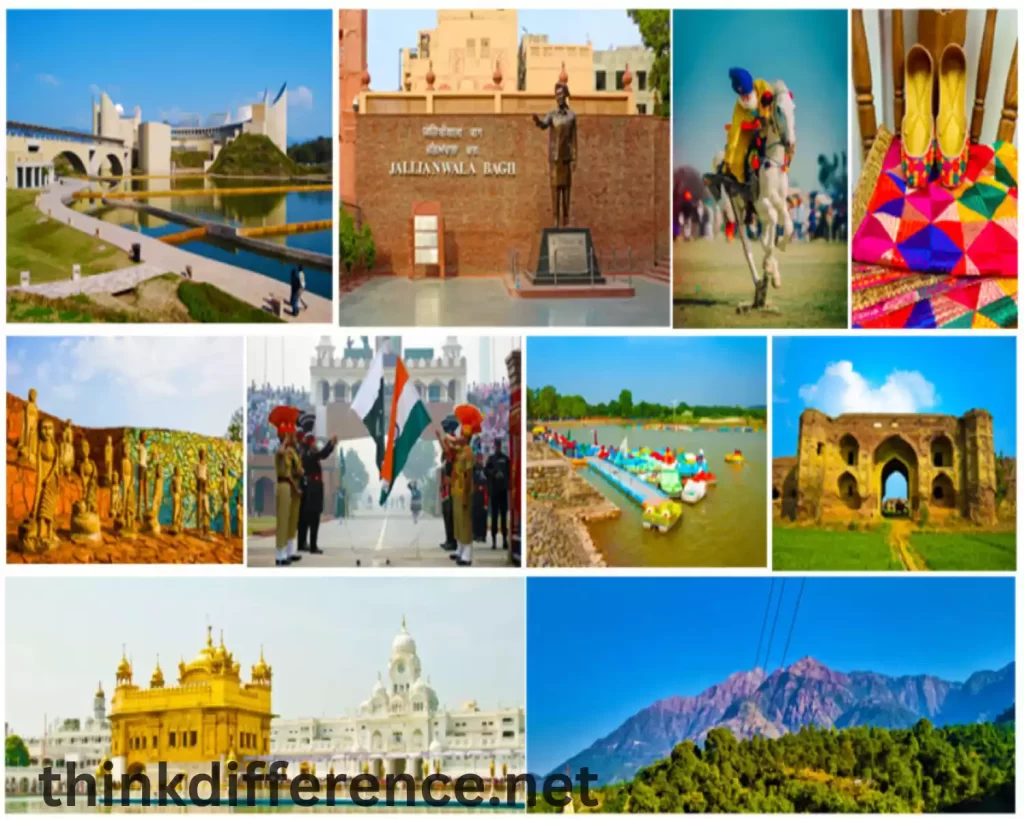
Figure 04: Tourism and Attractions of Punjab - Punjab’s Sikh Heritage: Punjab is well known for its Sikh history, with prominent Sikh temples such as Anandpur Sahib (an Sikh temple), Fatehgarh Sahib and Takht Sri Damdama Sahib being some notable examples besides Golden Temple.
- Vibrant Culture: Punjabi culture is full of vibrant energy and Bhangra, Giddha and folk dances are integral components. These energetic performances take place frequently at cultural events and festivals across Punjab.
- Historical Sites: Punjab is home to numerous historical landmarks, including Bathinda (an ancient city), Qila Mubarak Fort in Patiala and Ramgarh Fort in Amritsar – sites which celebrate both its rich past and architectural legacy. These locations illustrate Punjab’s rich past.
Kerala boasts backwaters and beaches, Ayurvedic retreats, cultural experiences and Ayurved retreats; Punjab stands out with the Golden Temple and Wagah Border Ceremony being main draws – not forgetting their Sikh heritage, vibrant cultures and historical sites that bring them life! Both Kerala and Punjab provide travelers with ample tourism opportunities allowing you to experience natural beauty, cultural traditions and historical landmarks of their states.
Comparison table of Kerala and Punjab
Here’s a comparison table highlighting some key differences between Kerala and Punjab:
| Aspect | Kerala | Punjab |
|---|---|---|
| Location | Southern India | Northern India |
| Geographical Features | Coastal area with backwaters | Landlocked with fertile plains |
| Climate | Tropical with high rainfall and humidity | Continental with hot summers and cold winters |
| Language | Malayalam | Punjabi |
| Religion | Diverse (Hinduism, Islam, Christianity) | Dominantly Sikh |
| Economic Focus | Tourism, service sector | Agriculture, manufacturing |
| Political Landscape | Multi-party system, left-leaning politics | Dominant parties, regional politics |
| Education | High literacy rate, emphasis on education | Focus on technical education |
| Healthcare | Achievements in healthcare, public health indicators | Healthcare infrastructure, medical facilities |
| Tourist Attractions | Backwaters, hill stations, cultural heritage | Golden Temple, historical sites, Punjabi cuisine |
| Size | Smaller state | Larger state |
| Cultural Diversity | Coexistence of various communities and religions | Dominantly Punjabi culture |
Similarities of Kerala and Punjab
While Kerala and Punjab have distinct characteristics, there are also some similarities between the two states.
Here are some commonalities:
- Rich Cultural Heritage: Both Kerala and Punjab boast vibrant cultural traditions and heritage. They are known for their unique art forms, music, dance, and folk traditions.
- Festivals: Both states celebrate a variety of festivals with great enthusiasm. Kerala is renowned for festivals like Onam, Vishu, and Thrissur Pooram, while Punjab is famous for Baisakhi, Lohri, and Gurpurab.
- Agricultural Importance: While their agricultural practices may differ, both Kerala and Punjab have significant agricultural contributions. Kerala focuses on cash crops, plantations (such as tea, coffee, spices, and rubber), and organic farming, while Punjab is recognized as the “Granary of India” for its extensive wheat and rice cultivation.
- Hospitality and Cuisine: Both states are known for their warm hospitality and delectable cuisine. Kerala is famous for its coconut-based dishes, seafood delicacies, and traditional Sadhya (feast), while Punjab is renowned for its rich and hearty Punjabi cuisine, including dishes like Makki di Roti, Sarson da Saag, and Butter Chicken.
- Religious Pluralism: Kerala and Punjab are home to diverse religious communities. Kerala, known for its rich blend of Hindus and Muslims as well as Christians and other minorities, while Punjab, where Sikhs dominate, is predominantly composed of both groups as well as including other minorities such as Hindus.
- Emphasis on Education: Both states prioritize education, with Kerala consistently ranking among the top Indian states for literacy rates and Punjab placing great importance on it.
- Natural Beauty: Both Kerala and Punjab possess scenic beauty and attract tourists. Kerala is known for its picturesque backwaters, hill stations like Munnar, and lush green landscapes, while Punjab showcases beautiful agricultural fields, rivers, and historical sites.
Although there may be similarities among states, each also boasts distinctive socio-economic, cultural and geographical features that set it apart.
Conclusion
Kerala and Punjab, though geographically and culturally diverse, share the essence of India’s unity in diversity. Kerala’s natural beauty and rich cultural heritage harmoniously coexist with Punjab’s vibrant traditions and historical significance.
Exploring these two states unveils a myriad of colors and flavors, each with its own distinct charm. A journey through Kerala and Punjab will undoubtedly leave any traveler with cherished memories to last a lifetime.

